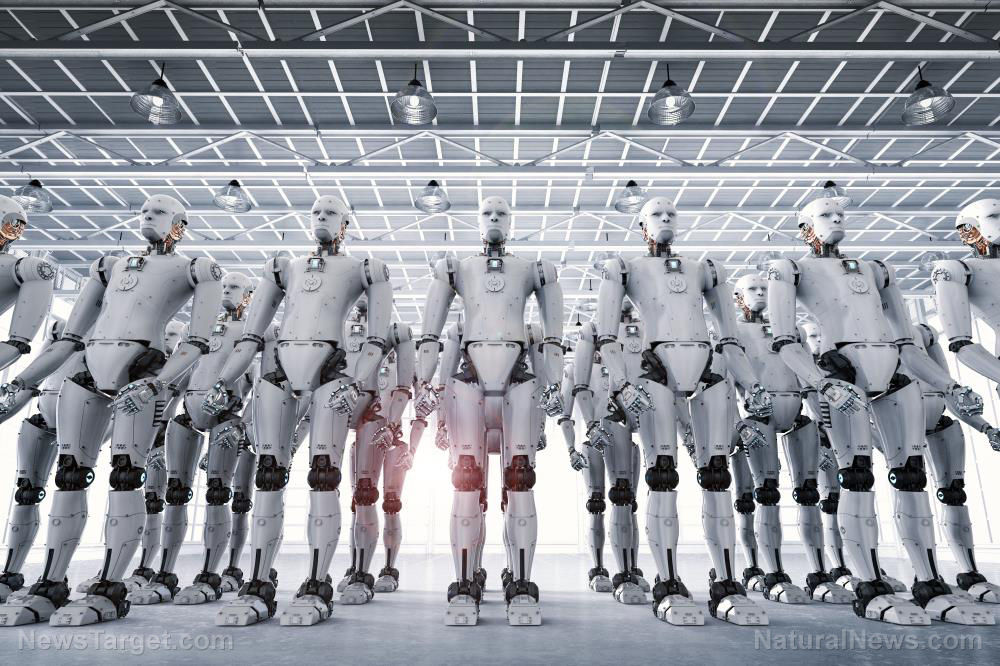 Parler
Parler Gab
Gab
- Amazon is developing AI-powered humanoid robots to handle last-mile deliveries, with testing underway in a San Francisco "humanoid park" designed to simulate real-world obstacles.
- The move could replace human delivery drivers, sparking debates about job displacement. While Amazon claims automation creates new roles (e.g., "robot managers"), critics warn of reduced opportunities for low-skilled workers.
- Robots must navigate unpredictable environments (e.g., pets, uneven sidewalks), which may limit initial deployments to controlled areas. Scaling up will require advanced adaptability beyond current AI capabilities.
- Beyond delivery robots, Amazon is integrating self-driving vans (via Zoox acquisition) and warehouse automation, aiming for minimal human involvement in logistics.
- The shift reflects industry trends (e.g., Tesla, Boston Dynamics) but raises ethical questions — will robotic deliveries improve efficiency or disrupt livelihoods? Public reception remains divided.
Robot workers vs. human workers: Who wins?
The most pressing concern is job displacement. Hundreds of thousands of delivery workers currently handle Amazon's global logistics. If robots take over, what happens to those jobs? Amazon has already experimented with automation in warehouses, using robots like Agility Robotics' Digit, a humanoid machine designed to assist (or replace) human workers. The company also insists that automation creates new roles, such as "robot managers." However, critics argue that the net effect will be fewer opportunities for low-skilled laborers. Historically, technological advancements have eliminated certain jobs while creating others — but the transition is rarely smooth. While the concept sounds futuristic, real-world implementation is fraught with challenges. Professor Subramanian Ramamoorthy, an expert in robot learning at the University of Edinburgh, noted that while controlled environments like Amazon's "humanoid park" are one thing, unpredictable streets are another. Pets, children, uneven sidewalks and varying home layouts could trip up even the most advanced AI. Amazon may limit initial deployments to standardized neighborhoods, but scaling up will require robots to adapt to chaos – something humans do effortlessly. Amazon isn't just testing delivery robots; it's building an entirely automated supply chain. In 2020, the company acquired Zoox, a self-driving car startup, signaling ambitions for driverless delivery vans. Combined with warehouse robots and AI-powered logistics, Amazon envisions a future where human involvement is minimal. This aligns with broader industry trends. Companies like Tesla and Boston Dynamics are also advancing humanoid robotics, suggesting that automation will soon extend beyond factories into everyday life. Amazon's robotic delivery plans represent a pivotal moment in labor and technology. While automation promises efficiency, it also threatens jobs and raises ethical questions about reliance on machines. Will these robots make life easier, or will they be another step toward a workforce dominated by AI? Watch this video about Amazon purchasing humanoid robots to ostensibly "free up" human staff. This video is from the TRUTH will set you FREE channel on Brighteon.com.More related stories:
Tesla CEO: Google robots threaten to annihilate human race. Amazon prepares army of 750,000 ROBOTS to eliminate HUMAN workers. Amazon’s warehouse robots are injuring the human employees who are forced to work alongside them. Sources include: Technocracy.news Reuters.com TheVerge.com Brighteon.comFrance mulls labeling X as an ADULT PLATFORM
By Laura Harris // Share
Apple to introduce digital passport ID in iOS 26 this fall
By Laura Harris // Share
White House fears that Iran has the capability to overwhelm Israel’s Iron Dome
By Lance D Johnson // Share
Israel and Jordan intercept Iranian drones amid escalating tensions
By Belle Carter // Share
Trump revamps cybersecurity policy: A new era of digital defense
By Belle Carter // Share
Governments continue to obscure COVID-19 vaccine data amid rising concerns over excess deaths
By patricklewis // Share
Tech giant Microsoft backs EXTINCTION with its support of carbon capture programs
By ramontomeydw // Share
Germany to resume arms exports to Israel despite repeated ceasefire violations
By isabelle // Share










